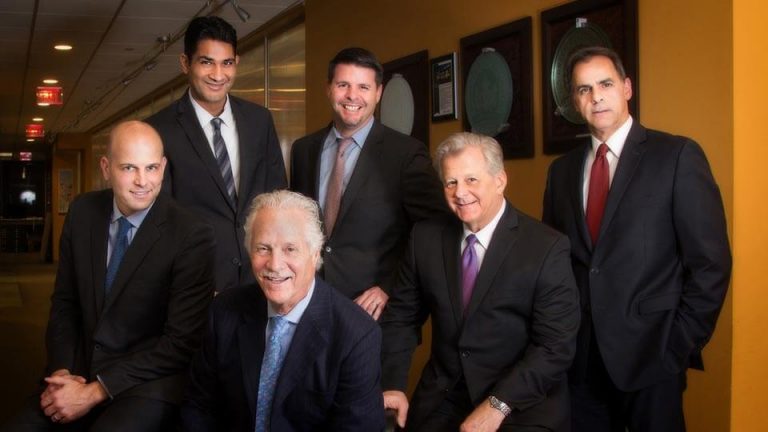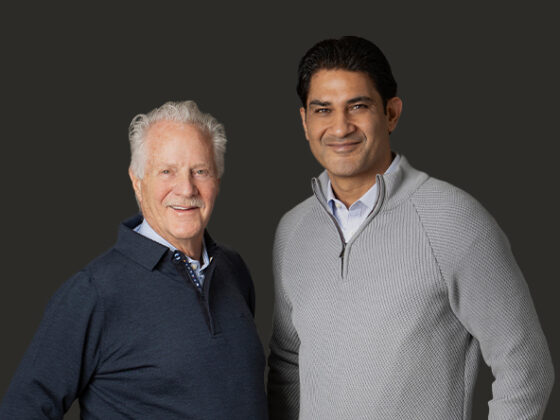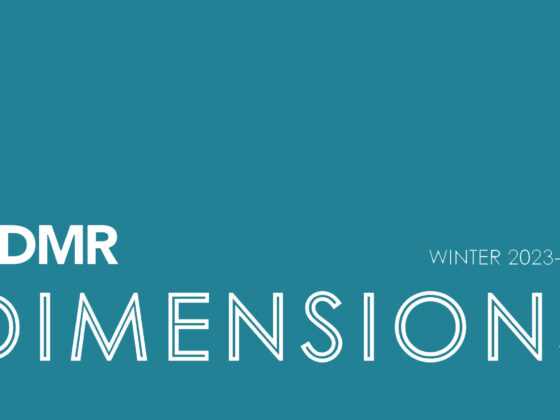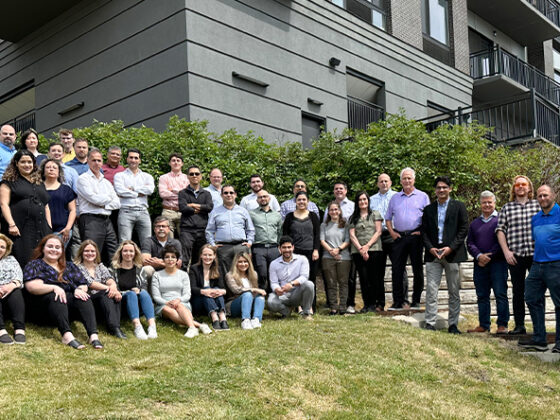The firm I founded in 1991, DMR Architects, belongs to six of us a result of naming the first of what I expect will be many partners.
The profession of architecture has spawned many compensation structures and equity arrangements, but it is probably fair to say that if a firm is going to invite partnership, it does so sooner than 25 years. So why now?
DMR generously rewards innovation and productivity and as a result we enjoy strong employee retention and company morale. Our wonderful company culture is always evolving and at this point in our history needed an aura of leadership that is prospectively eternal and needed to expand beyond one person. And then, after going through the process of contemplating where to begin sharing the firm, I realized that “making partner” is not just a recognition by the firm of the team member attaining an elevated value as a result of their contributions. Making partner happens because the firm itself creates an environment that encourages personal growth for its employees and has committed to a system of promotion that goes all the way to the top. Under that criteria, when I considered whom to name a partner, I realized I could make a case for almost everyone at the firm. And thereby began a difficult process of identifying a first set of partners who could act as mentors for other team members, resulting in the first five “making partner” and providing a path for the rest.
The new partners have committed to incorporating into our value system a process of continuing to make new partners, which will take on a life of its own. As a profession, architecture evades a simple metric for who drives the success of the firm. For example, while law firms are collaborative places, their nature is quite different from an architectural firm, where contributions to the end product come from a diverse set of professionals inside of and outside of the firm; and the regulatory and professional controls are applied in a variety of environments. Our billing routines are also unique to our profession. Like law firms, we like rainmakers and we like workhorses, but we don’t limit the measure of the team member’s value to those criteria. For example, we recognize that the contributions made by our in-house legal, finance, new business development and marketing people are invaluable to the operation of the firm.
So what “makes” a partner? At DMR, the common thread is that they treated the firm like owners before they owned it, but the other aspects vary a surprising amount. In varying proportions our new partners are old-hands, younger-hands, extroverts, introverts, scholars, warriors, romantics and empire-builders in varying proportions, among many other attributes.
If it is puzzling why it would take me 25 years to make partners and now I have made five partners and am looking forward to considering more, it’s because the process of inviting our first set of shareholders has been an epiphany to me of what makes DMR work: which is that many of our people feel like they own the place and are willing to do what it takes to help us advance as a firm.





